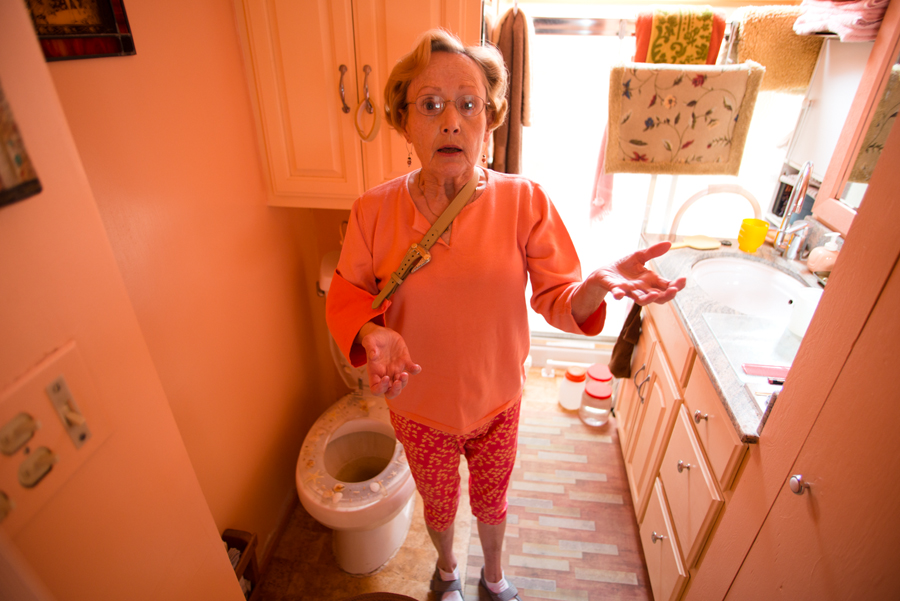Marjon Row, a retired highway patrolwoman, had to make a choice: give up the Subaru she had bought a year ago or leave the . . .
Utility seeks rate hike for beleaguered Dillon Beach


Marjon Row, a retired highway patrolwoman, had to make a choice: give up the Subaru she had bought a year ago or leave the . . .